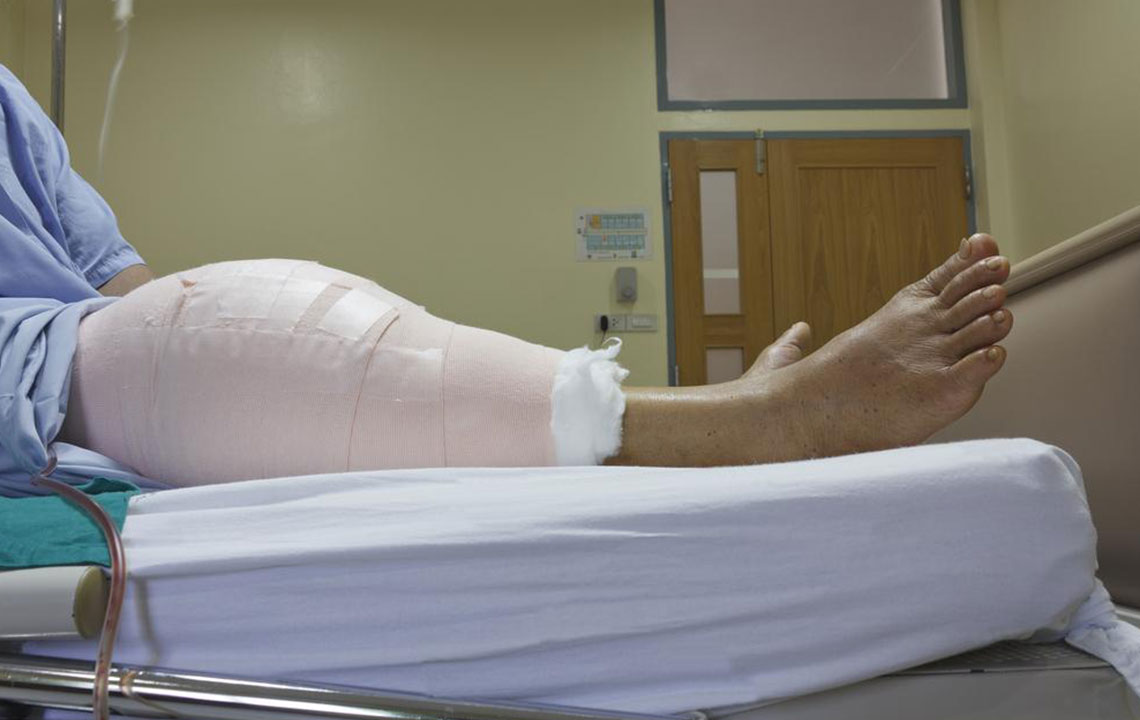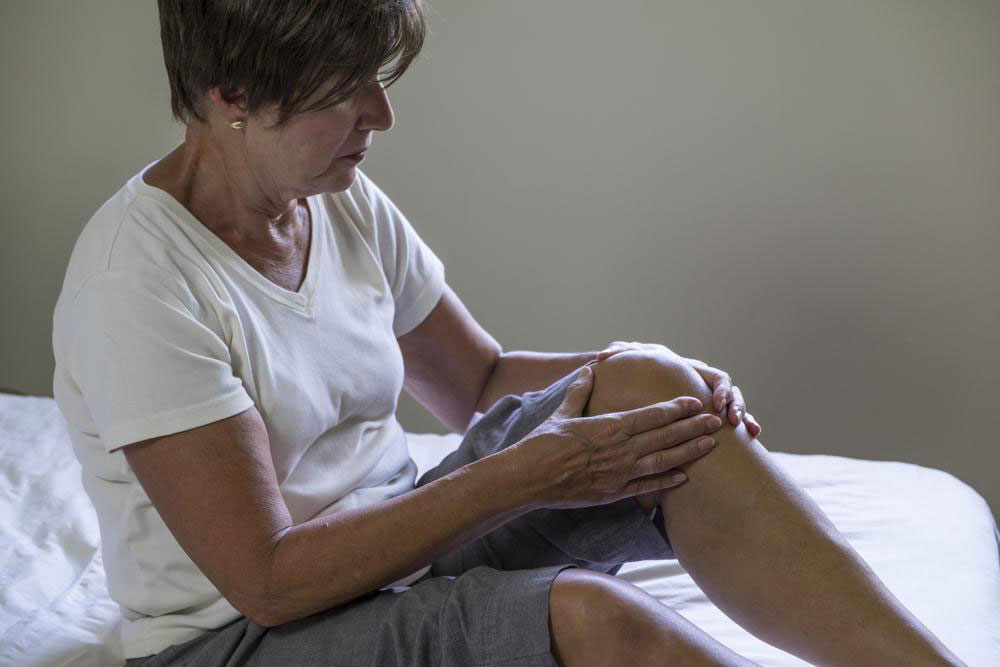Comprehensive Guide to Knee Joint Replacement Surgery
This article offers a detailed overview of knee joint replacement surgery, covering preoperative assessments, anesthesia options, surgical steps, and post-surgical care. It emphasizes the importance of proper recovery, medication management, and lifestyle adjustments to ensure successful healing. The guide is useful for patients considering or preparing for knee replacement, providing practical insights into the procedure and postoperative tips to optimize outcomes.

Overview of Knee Joint Replacement: Key Information
Before surgery, your health will undergo a complete evaluation, including checks of vital signs like temperature, blood pressure, and oxygen levels to confirm readiness. Any abnormalities may delay the procedure until resolved. Once cleared, the surgical team prepares for surgery.
Anesthesia is then administered—either general, leading to complete unconsciousness, or regional, numbing the lower body to prevent pain during the operation.
The surgical area is marked before an incision of approximately 8 to 10 inches is made on the knee, cutting through tissues like tendons and muscles. The kneecap (patella) is moved aside to expose the femur and tibia bones.
With the knee positioned at a 90-degree angle, damaged cartilage and bone are carefully removed using surgical saws. The surgeon reshapes the bones to fit the prosthetic components accurately, often utilizing computer-assisted tools for precision.
The kneecap is put back in position, and an implant made of polyethylene is attached to facilitate smooth joint movement. Additional components may be added for more stability based on the patient’s needs. Cemented prostheses are commonly used but can vary depending on individual cases.
The tibial component is cushioned with polyethylene for shock absorption. The leg is gently extended and flexed to ensure proper fit and mobility. The prosthetic parts are fixed using bone cement, which typically takes about ten minutes to set. Afterwards, deep tissues and skin are closed with stitches or staples.
Post-Surgery Care
Proper post-operative care is essential for successful recovery. Follow your doctor’s instructions to minimize complications.
Consistent medication use as prescribed and monitoring for side effects or allergies is important.
Common symptoms after surgery include pain, dizziness, and nausea, which can usually be managed with pain medication—discuss options with your healthcare provider.
Keep the incision dry and clean until staples are removed. Engage in gentle, guided exercises to regain movement and strength. Avoid vigorous activities and falls to prevent setbacks. Eating a nutritious diet rich in protein, calcium, and omega-3 fatty acids, such as seafood, supports healing.
For more understanding, view online knee replacement videos and consult your doctor with any questions about the procedure beforehand.


